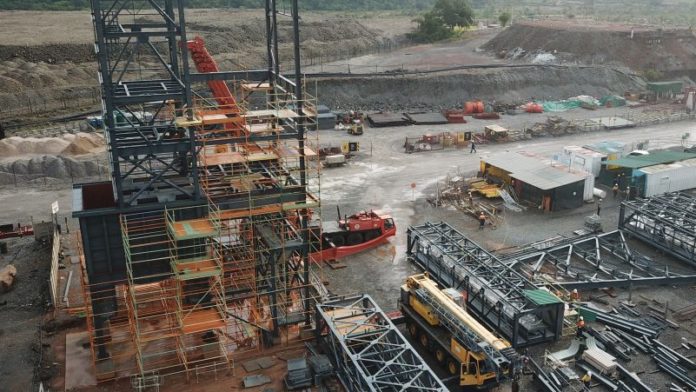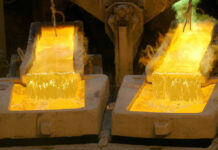
MOPANI Copper Mines in Zambia has placed its mines on care and maintenance citing the effects of the deadly COVID-19 pandemic, among other business pressures.
The company, in which Glencore has a 75% stake, said disruptions to international mobility and the decline in the copper price had forced its hand.
“The operating, regulatory and macro-economic environments remain very challenging and have continued to place significant pressure on the business,” it said in a statement.
“In addition to the impacts of a rapid decline in the copper price, Mopani’s situation has been further impacted by the critical disruptions to international mobility, transportation and supply chains arising from COVID-19,” it said.
Mopani has had to place a number of projects it was in the process of commissioning on hold until key personnel are able to travel to site, it said. Glencore had previously identified Mopani Copper’s mines as turnaround assets. It has built three new shafts and recently commissioned a new smelter taking total expenditure at Mopani to about $4bn.
Employees would continue to be paid and receive staff benefits, but production would cease from April 8 for the foreseeable future. An update on the company’s status is to be provided when Glencore publishes its first quarter production report at the end of April.
Glencore guided to production of between 50,000 to 70,000 tons of copper from Mopani Copper in the 2020 financial year. Glencore still expected to produce about 270,000 tons from its Katanga Copper Mines this year, the other constituent of its African Copper division.
Mopani Copper would continue to treat inventories through the smelter and refinery. “We haven’t guided yet on how much inventory is available to us,” said Charles Watenphul, a spokesman for Glencore.
The copper price has been under pressure this year. On the London Metal Exchange, the metal’s price hit a four-year low of $4,371 per ton on March 20, but closed out last week at $4,840/t. However, the price of copper was unlikely to return to the levels of the 2008 financial and economic crisis when it traded to below $3,000/t.
This is owing to the impact of demand and supply side shocks as a result of COVID-19, according to an article by the Financial Times.
“The duration, and therefore the total amount of lost supply in 2020 is unclear, but in our view increasing supply disruption will act as an important offset to demand weakness, potentially limiting commodity price downside,” Daniel Major, an analyst for UBS, said in recent research cited by the newspaper.
However, supply is still likely to outstrip demand. “The demand destruction of 156,000 of copper per week far outweighs the current 60,000 of COVID-19-related supply disruptions,” said Tyler Broda, an analyst at RBC Capital Markets. “Metals like aluminium, where it is costly to shut down production, face an even worse dynamic.”
Mopani Copper’s announcement today underscores Glencore’s announcement on March 31 that it had decided to postpone its 20 US cents per share cash distribution – equal to $2.6bn – for 2020.
The decision to defer the dividend was in order to protect plans to reduce net debt to between $14bn to $15bn which compares to $17bn in net debt as of December 31. It was chasing down a net debt to EBITDA target ratio of about 1x.











